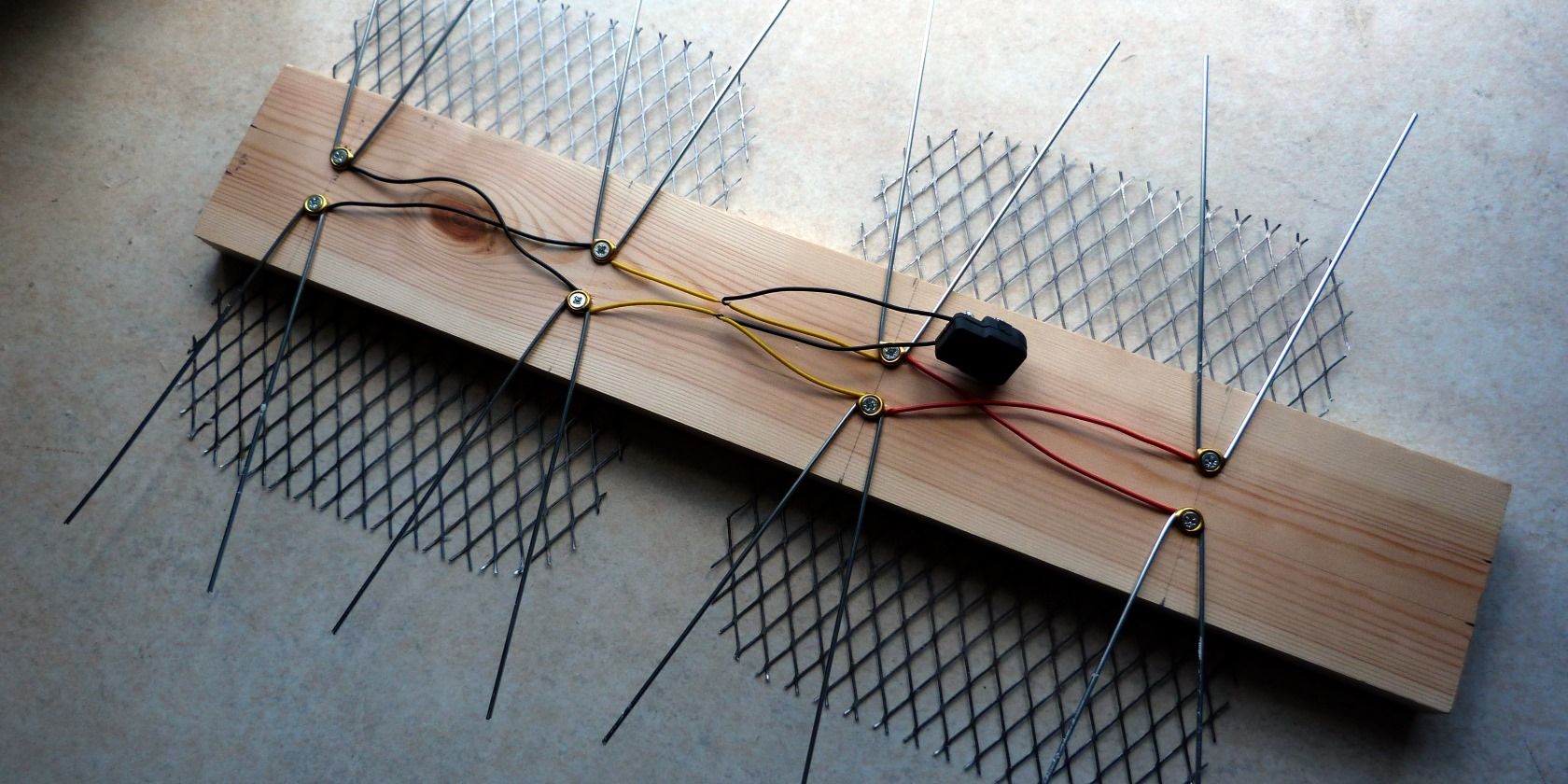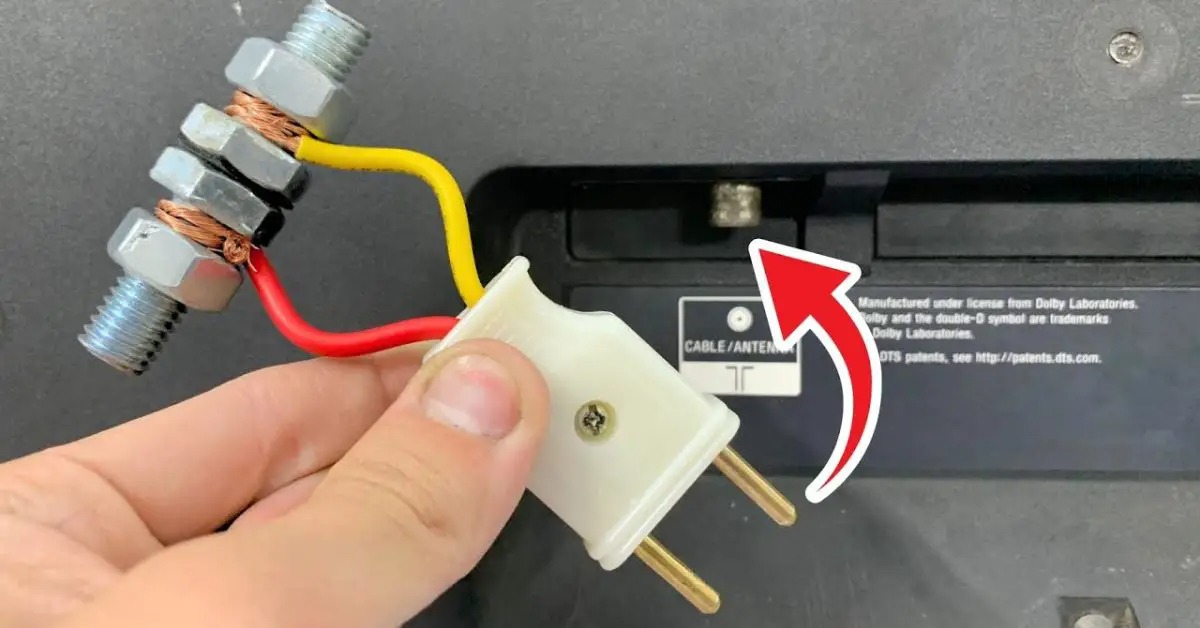As streaming platforms and cable subscriptions grow more expensive, many households are seeking legal and affordable ways to access local TV channels. One legitimate option is to receive over-the-air (OTA) television broadcasts, which are available for free in many regions using a digital antenna.
You don’t need to spend money on a commercial antenna. With a few basic materials and a bit of time, you can build a simple indoor TV antenna at home that may help you receive channels broadcast by your local stations — entirely within legal and FCC-compliant guidelines.
This guide outlines a basic educational project for constructing a homemade antenna to receive free, publicly available OTA broadcasts such as local news, PBS, and select national networks.
Is It Legal to Watch Free TV Using a DIY Antenna?
Yes. The Federal Communications Commission (FCC) confirms that many television stations in the United States broadcast their content over the air for free, and viewers are allowed to receive these signals using a compatible antenna.
Building your own antenna is completely legal — as long as you use it to access free-to-air broadcasts and not to interfere with or bypass encrypted, subscription-based services.
Source: FCC – Over-the-Air TV

What You’ll Need to Build a Simple Indoor Antenna
To build a basic indoor TV antenna, gather the following materials. These are easily available at most hardware or electronics stores and are often already found around the house:
- 1 wooden board (roughly 10×10 inches, acts as a base)
- 4 long screws (metal, around 3 inches)
- Coaxial cable (standard RG6 or RG59, with one end stripped)
- Screwdriver and pliers
- Electrical tape or hot glue
- Optional: aluminum foil (to test signal enhancement)

Step-by-Step Guide to Assembling the Antenna
1. Prepare the Wooden Base
Place your wooden board on a flat surface. This will act as the support for your antenna. Mark four points on the board in a V or X shape to screw in the metal elements.
Use the screwdriver to insert the four screws into the board. Leave about one inch of the screw exposed above the surface.
2. Attach the Coaxial Cable
Strip one end of the coaxial cable. You will see a center conductor (usually copper) and surrounding metallic shielding.
- Connect the center copper wire to one of the screws using pliers or by wrapping it tightly.
- Connect the metallic shielding (outer layer) to the screw diagonally opposite from the first.
Secure both connections using tape or solder if available to ensure strong signal transfer.
3. Enhance the Reception (Optional)
To increase reception sensitivity, wrap each screw in a small amount of aluminum foil. This can act as a basic reflector and improve reception under certain conditions.
This step is optional and results may vary depending on your location and signal strength.

How to Test Your Homemade Antenna
Once the antenna is built and wired:
- Connect the coaxial cable to your TV’s antenna input.
- Open your TV’s settings menu and navigate to “Channel Setup” or “Auto Scan”.
- Select the option to scan for over-the-air digital channels.
- Once the scan is complete, test different antenna placements to improve reception quality.
Placement Tips:
- Place the antenna near a window or on a higher shelf to minimize obstructions.
- Keep the antenna away from large metal objects or electronic devices that could cause interference.
- Rotate the antenna or change angles for best performance.

Why It Works: The Science Behind It
Television antennas function by capturing radio frequency (RF) signals broadcast by nearby television stations. These signals travel through the air in the VHF (Very High Frequency) and UHF (Ultra High Frequency) bands.
Your DIY antenna acts like a miniature receiver — the screws or foil-covered elements help capture signals, and the coaxial cable transmits them to the TV’s tuner.
The better aligned and exposed your antenna is to local broadcast towers, the more consistent and clear the reception will be.
Source: National Association of Broadcasters – Broadcast Engineering
Important Legal and Technical Notes
- This method only works for free, unencrypted over-the-air signals. It does not provide access to cable, satellite, or subscription-based channels.
- Signal strength and channel availability depend on your geographic location and distance from the nearest TV broadcast towers.
- Always use safe practices when working with tools and electrical components. This is a low-voltage project, but care should still be taken to avoid injury or short circuits.
You can use websites like AntennaWeb.org or FCC DTV Reception Maps to check which channels are available in your area and where broadcast towers are located.

Can You Improve Reception Further?
If your signal is weak or pixelated, here are a few enhancement tips:
- Try using a coaxial signal amplifier (available at electronics stores) to boost weak signals.
- Use longer screws or metallic rods for better VHF band reception.
- Upgrade your coaxial cable to a higher-shielded version (e.g., RG6 over RG59).
These upgrades can be added without changing the fundamental design of your homemade antenna.
Final Thoughts: Affordable, Legal, and Educational
Building your own TV antenna is not only a cost-effective way to receive free local programming — it’s also a great DIY learning project. It’s a practical way to explore basic electronics, signal reception, and problem-solving, all while helping reduce household costs.
Whether you’re a hobbyist, student, or someone simply curious about alternatives to subscription services, this antenna can provide access to free public broadcast channels — legally and without the need for expensive equipment.
Verified Resources and Additional Reading:
- Federal Communications Commission – Consumer Guide to Antennas
- AntennaWeb – Find TV Signals Near You
- National Association of Broadcasters
- Consumer Reports – Best Indoor Antennas
